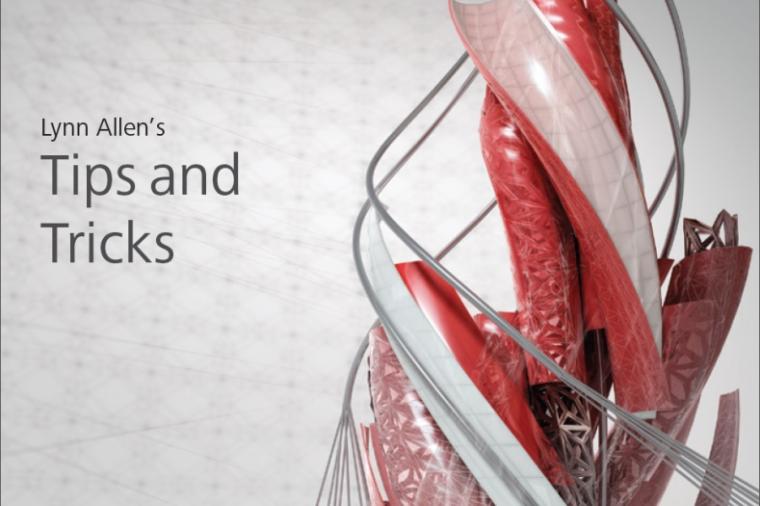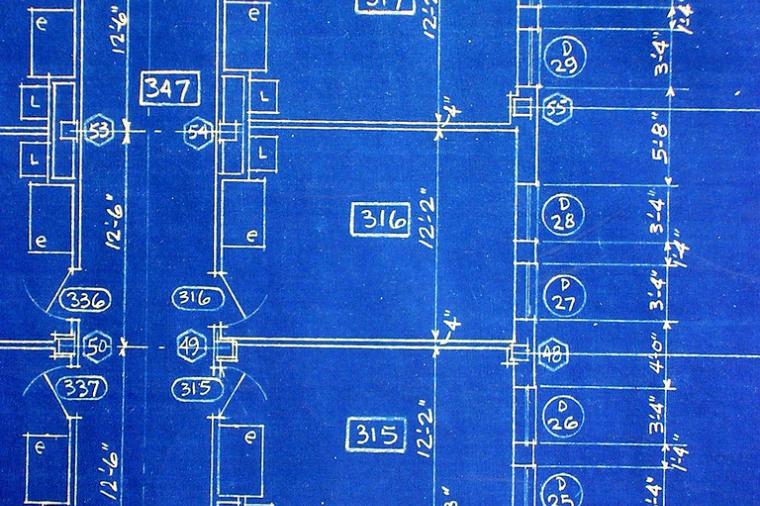Cloud Computing, Data & Storage, Uncategorized
With more and more software and services being offloaded to the cloud and the surge in big government data, the speed of your storage still matters – very much.
Data & Storage, Uncategorized
Driven by potentially compelling outcomes, big government data is growing. A 2013 study of federal IT officials by the TechAmerica Foundation, for example, found that big data delivers many benefits, including:
Digital Design
Last month our friends at Synergis Engineering Design Solutions hosted Lynn Allen for her ever-popular "60 AutoCAD Tips in 60 Minutes".
If you missed the webinar, not to worry, the on-demand version is now available here. You can also download here latest "Tips and Tricks" booklet too.
Cloud Computing, Uncategorized
Cloud is a big investment, and the pace of adoption over the past few years has reflected this with agencies albeit tip toeing towards cloud. In the past 12 months, however, the cloud is on the move, with IDC Government Insights predicting that a 25% growth in the sourcing of government clouds will drive cross-governmental initiatives by 2018.
Digital Design
The U.S. government is the nation’s largest property owner, according to the latest data from the Federal Real Property Council with over three billion square feet of real estate. This property encompasses a wide variety of buildings from prisons to military bases, tax offices to warehouses. Managing these properties is a significant undertaking. Agencies must be able to accurately track and manage the maintenance of both the people within the building and the assets themselves.
IT Perspective, Uncategorized
According to Federal Computer Week, federal agencies spend almost half of their annual IT budgets on supporting legacy applications. Even more worrying, about 47% of the government’s existing IT applications are based on legacy technology that needs modernizing.
While digital government innovation is on the rise, as evidenced by websites like Healthcare.gov and numerous state and local intra-agency and citizen-centric services, the underlying IT systems required to support these innovations – the middleware – is struggling to keep up.





